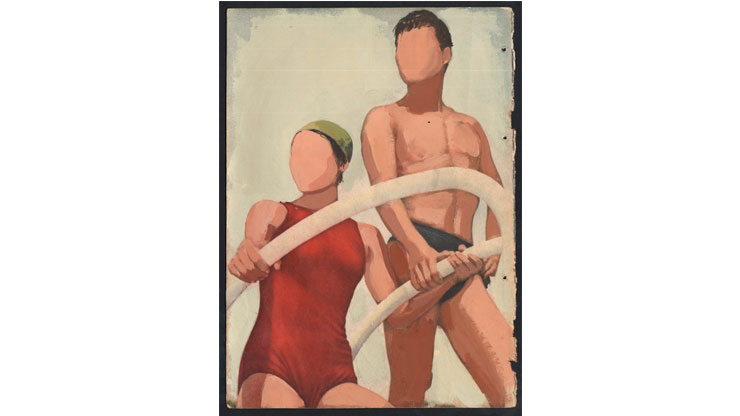Gideon Rubin | Memory Goes As Far As This Morning
Signs of transitions and temporary residences in foreign places are an essential element in Gideon Rubin’s work. His biography is filled with transitions between different places and cultures. Born and raised in Israel, he studied in New York and London and currently lives in England with his Chinese-born wife, Silia. Rubin’s solo exhibition features two extensive series of works produced in 2014 during two artist residencies: Outset’s Bialik Residency in Tel Aviv and the Da Wang Culture Highland Residency in China. In both, he engaged in a similar practice, centered on the use of old newspapers and magazines to examine local mechanisms of representation and the visual manipulations employed in each country to construct a conception of place. Presented together, the many connections between the two series come to the fore. Rubin seems to explore his place of residence like a lingering tourist, or perhaps as a cultural explorer trying to trace some overarching inner code rather than his own personal story. In this respect, despite the geographical distance he traverses between residencies, the artist remains in his usual position: that of an outside observer. His contemporary depiction of the place stems from an analysis of the mechanisms of nostalgia. The word “nostalgia,” composed of the Greek nostos (return home) and algos (pain), expresses unattainable longing for a natural, protected, and secure state of lost innocence.
